Quang Nam After 6 months of growing Bo Chinh ginseng, five households in Tam Thai commune, Phu Ninh district harvested, earning four times more profit than growing watermelon.
In early July, in the fields of Hoa Binh village, Tam Thai commune, Mr. Tran Thanh Duong and six others harvested 2 sao (1,000 m2) of Bo Chinh ginseng. In the fields, the ginseng plants began to wither and turn yellow. The work was assigned to each member, some digging up the roots, shaking off the soil, some collecting them in baskets, then loading them onto trucks to be transported for sale.
This is not the golden time, but farmers are worried that the ginseng will rot due to rain and hot weather, so they are forced to harvest to avoid losses. According to Mr. Duong, it will be about a month before the main ginseng harvest season.
Bo Chinh ginseng is also known as ginseng of the mallow family, with the scientific name Abelmoschus sagittifolius. In the past, ginseng grew in the wild, mainly distributed from the north of Ngang Pass to Phu Yen. According to traditional medicine, Bo Chinh ginseng has a sweet, slightly viscous taste, neutral properties, is used to improve health and treat some diseases such as tuberculosis in children, asthma, cough, fever, anemia... Ginseng was previously a medicinal product used to pay tribute to the king.
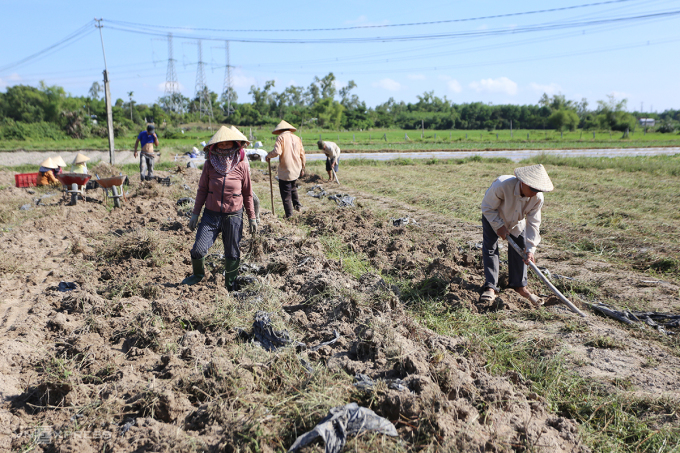
Mr. Duong hired people to harvest two acres of Bo Chinh ginseng. Photo: Dac Thanh
Last season, Mr. Duong planted watermelons and rotated many types of crops on this field, with the highest revenue of 10 million VND per sao. In early 2023, he was associated with the Dai Phat general agricultural cooperative to grow Bo Chinh ginseng. In addition to Mr. Duong, four other households participated with a total area of 12 sao.
Before cultivating, Mr. Duong was trained by the cooperative in planting and care techniques. On an area of 2 sao, he plowed the land and divided the beds to grow ginseng using the method of lining with tarpaulins. After sowing, more than 4,000 plants grew well and could be harvested after 6 months. The yield reached more than 800 kg of tubers on 2 sao of field. Large tubers cost 110,000 VND, small tubers cost 70,000-80,000 VND per kg. Mr. Duong's investment in fertilizers, seeds, plastic tarpaulins, and pesticides was about 12 million VND.
The 37-year-old farmer calculated that with the above area, he earned about 75 million VND. Compared to growing watermelons, the profit is 3-4 times higher, while the care time is less.
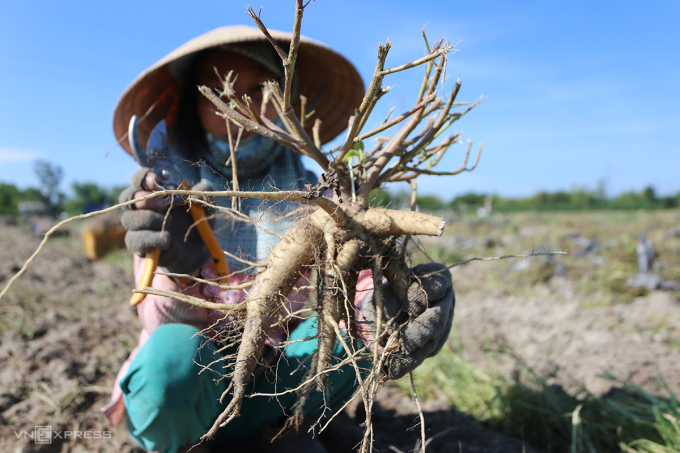
Fresh Bo Chinh ginseng, 4 roots per kilogram, sells for 110,000 VND per kilogram. Photo: Dac Thanh
About 100 meters from Mr. Duong's field, the family of Mr. Ho Van Loi, 54 years old, is also busy harvesting 2 sao of ginseng. He said that growing ginseng is not too difficult, but some care steps need to be taken. In the early stages, the grass grows faster than the ginseng, so it must be cleared regularly.
When the plant grows, ginseng roots contain a lot of nitrogen, so do not leave too much water in the field to avoid damaging the roots. Ginseng is also often affected by fungi that cause root rot, but there is currently no specific pesticide to treat it, so farmers must add lime powder when preparing the soil.
Growing Bo Chinh ginseng, Mr. Loi not only harvests the roots but also the flowers, leaves, and branches, bringing in a profit of about 10 million VND. Ginseng flowers are pink or red, the leaves are 6-7 cm long, 30 mm wide, oval shaped, and can be used to make tea.
"The products are purchased by the cooperative, so we are not worried about the output. Next year, I will expand the planting area because this type of tree requires little care but has higher economic efficiency than many other crops," said Mr. Loi.
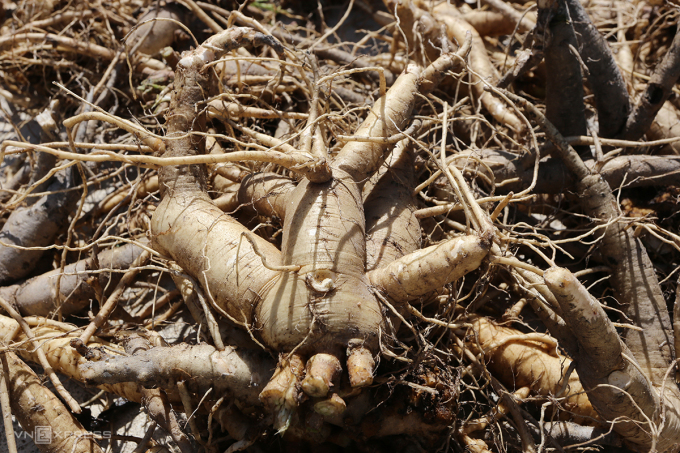
Bo Chinh ginseng roots are washed. Photo: Dac Thanh
Director of Dai Phat General Agricultural and Business Cooperative, Mr. Nguyen Xuan Tin, said that he had visited many places growing Bo Chinh ginseng and discovered that the soil was similar to his hometown. The cooperative invested in seeds, fertilizers, and plastic sheets for people to test grow; and signed a contract with a medicinal enterprise to purchase products for farmers.
According to Mr. Tin, the ginseng purchased is not only sold fresh but also dried for medicinal purposes. The ginseng is dried in the sun for three days, about 6 kg of fresh ginseng will yield 1 kg of dried ginseng. In addition to the root product, the cooperative is purchasing machinery to process flowers and leaves into tea and register it as a local OCOP product.
Head of the Department of Agriculture and Rural Development of Phu Ninh District Trinh Ngoc An said that this is the first crop that people here have grown Bo Chinh ginseng but the economic efficiency is high. Ginseng is suitable for the local land, has good productivity, and increases income for people.
"The department encourages gradual expansion of production area, not massive planting to avoid the situation of good harvest but low price," he said, adding that he is promoting OCOP tea products from Bo Chinh ginseng for Dai Phat cooperative.
Farmers harvest Bo Chinh ginseng. Video: Dac Thanh
Source link


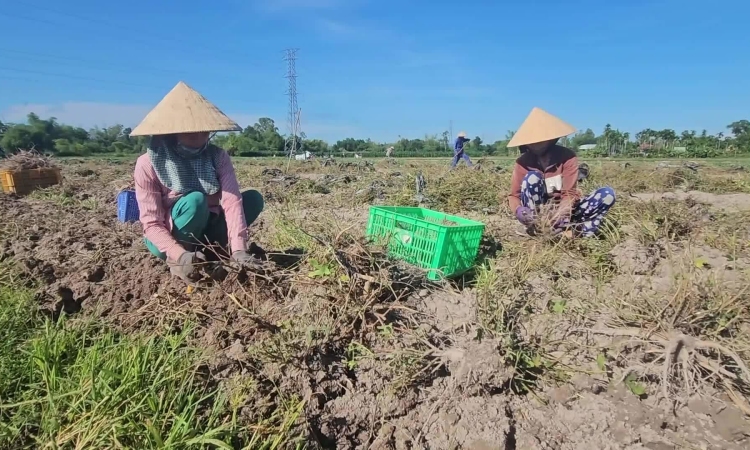
![[Photo] 12th grade students say goodbye at the closing ceremony, preparing to embark on a new journey](https://vphoto.vietnam.vn/thumb/1200x675/vietnam/resource/IMAGE/2025/5/28/42ac3d300d214e7b8db4a03feeed3f6a)
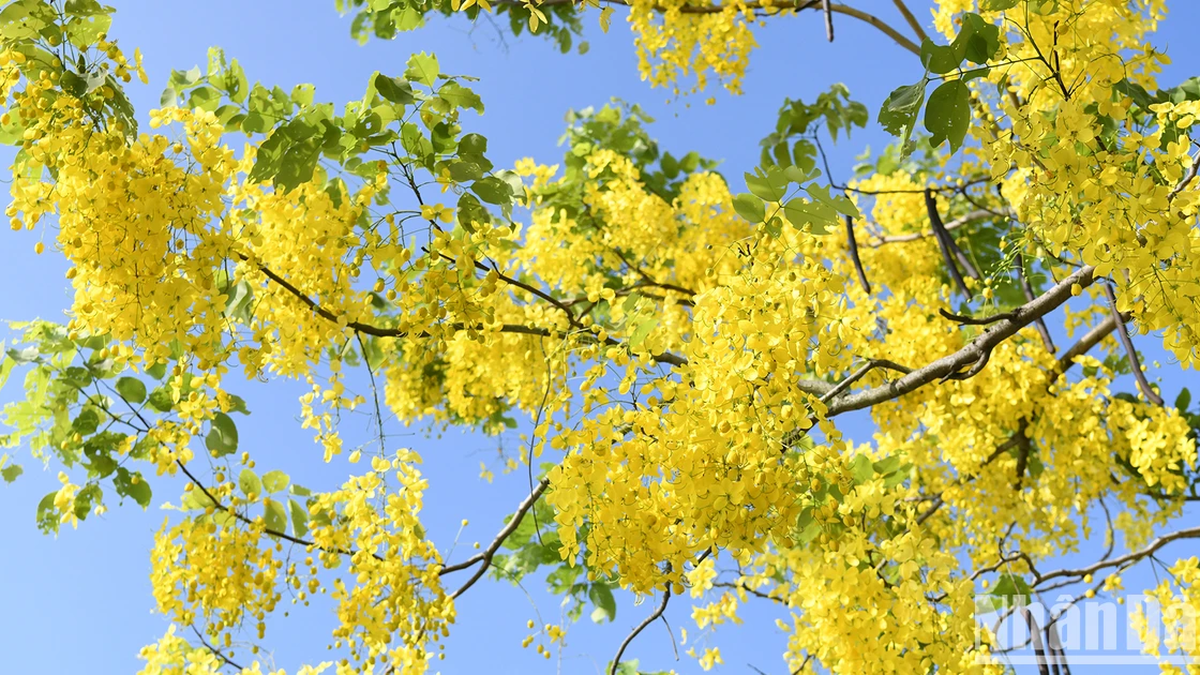

![[Photo] Vietnamese and Hungarian leaders attend the opening of the exhibition by photographer Bozoky Dezso](https://vphoto.vietnam.vn/thumb/1200x675/vietnam/resource/IMAGE/2025/5/28/b478be84f13042aebc74e077c4756e4b)

![[Photo] Prime Minister Pham Minh Chinh receives a bipartisan delegation of US House of Representatives](https://vphoto.vietnam.vn/thumb/1200x675/vietnam/resource/IMAGE/2025/5/28/468e61546b664d3f98dc75f6a3c2c880)


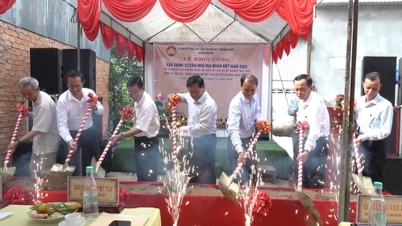

















































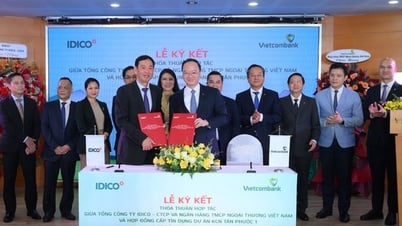






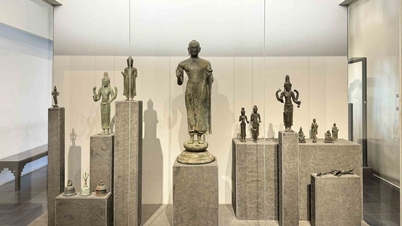

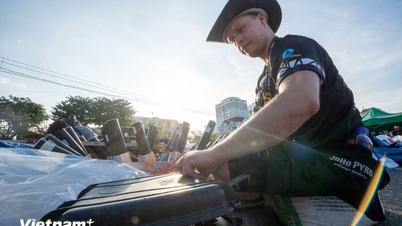









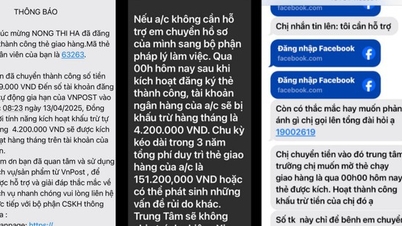


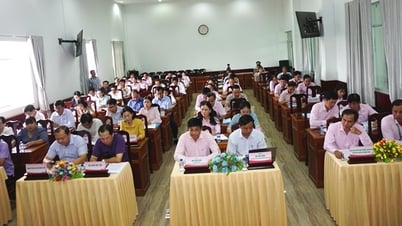




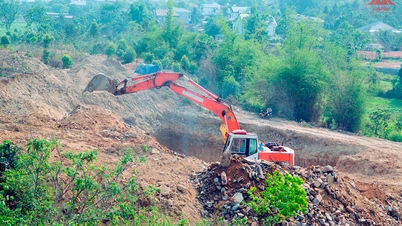










Comment (0)